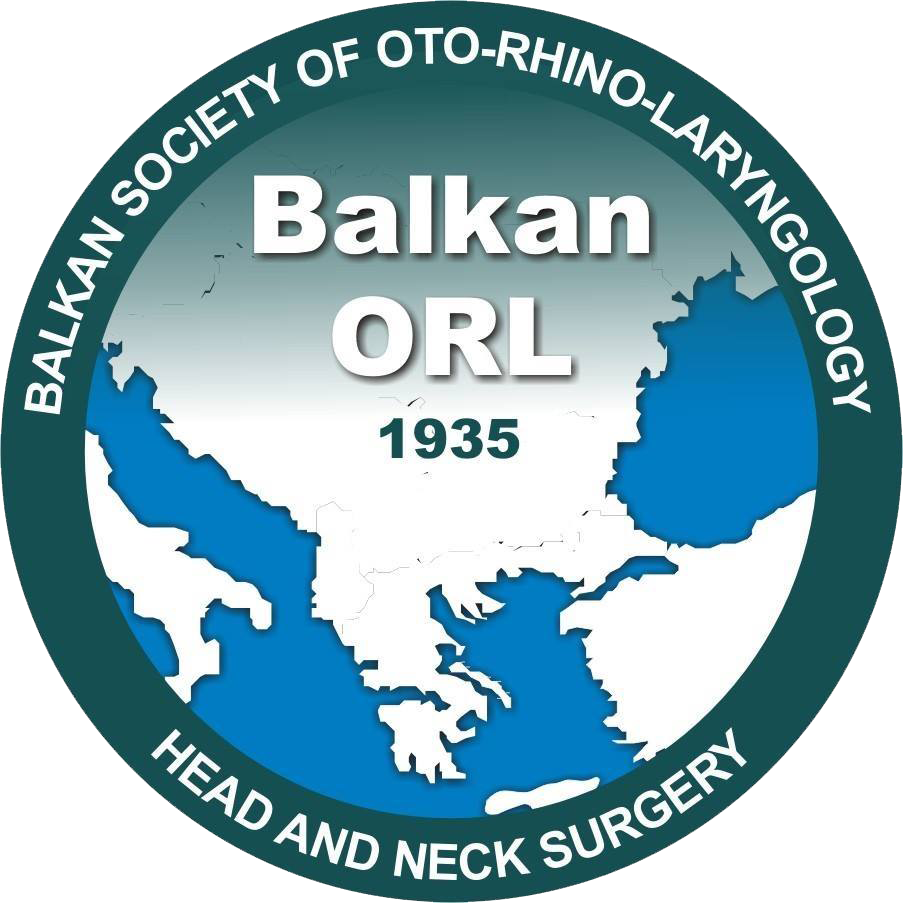Abstract: Paragangliomas in the head and neck region (HNPGLs) are infrequently found neuroendocrine tumors. They usually originate from non-secretory parasympathetic ganglia (further verification is required). The majority arise in 4 distinct areas: carotid body, lateral temporal bone; mastoid and jugular foramen, and vagus nerve. The initial symptoms are frequently trivialized until an obvious painless mass, cervical, or pharyngeal, becomes obvious ± lower cranial nerve paresis or paralysis. Modern advances in diagnostics, imaging, histopathology, and genetics have resulted in a greater understanding of the natural history of HNPGLs, concluding that most tumors are benign and slow growing. More than 50% have a familial hereditary etiology, most commonly associated with germline mutations in the succinate dehydrogenase gene, several of which carry an increased risk of multifocal disease or metastasis; the remaining 50% are classed as sporadic. Many HNPGLs exhibit variable growth, most often slow annual growth, which encourages an initial period of observation for selected patients, e.g., small tumors, asymptomatic, and non-secreting. Surgery remains the optimum treatment for most patients presenting with larger tumors, rapidly enlarging tumors, secretory tumors, and/or symptomatic tumors. A reasonable alternative treatment option, which reports “excellent results,” is the use of stereotactic radio-surgery. The results of theranostics trials are awaited and may change practice for inoperable, recurrent, or metastatic disease, where current response rates from conventional chemotherapy are disappointingly low. All patients diagnosed with a HNPGL should be referred to a specialist center for additional investigations, family education, and genetic screening and have their treatment managed in an algorithm-based approach, which has been shown to optimize outcomes.
Cite this article as: Bradley PJ. Current treatment of paragangliomas of the head and neck. Balkan ORL-HNS 2024;1(2):42-50.


